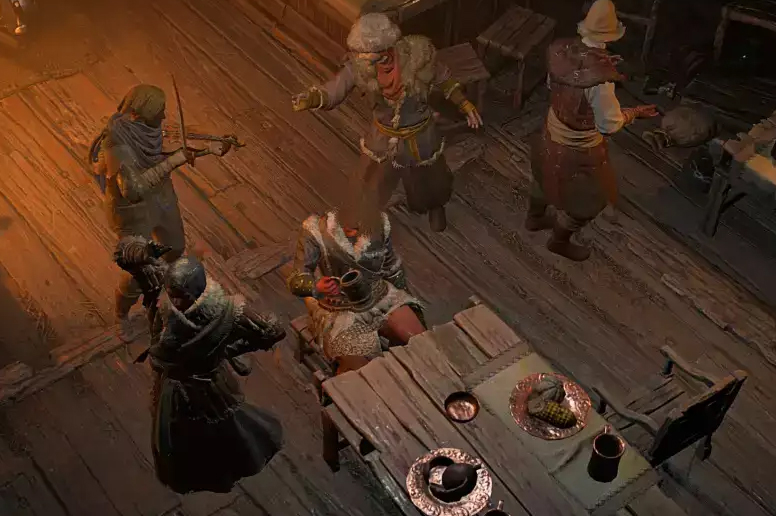The Art of Trade in Diablo 4
Trade in Diablo 4 encapsulates the exchange of Equipment amongst players. A unique aspect of the system is that certain Equipment can be traded without restrictions, while others come with limitations. Some items, for instance, can only be traded once before they become permanently bound to a character, rendering them un-tradable.
Trading Dynamics in Diablo 4
Trading forms the bedrock of Multiplayer RPGs as it enables players to procure desired items for their characters. Diablo 4 boasts a plethora of tradable items, each carrying a varying value depending on its demand. During the initial phases of a season or game launch, highly coveted items, known as chase items, can command a high price. In order to farm items effectively, players must have a well-defined understanding of their desired items and those possessing significant trade value.
Trading Modalities
An item’s tradability is denoted by the “Account Bound” mark in the item’s tooltip. Currently, there are no constraints or limitations imposed on trading.
Items categorized as Tradable and Untradable are as follows:
Tradable Items:
Common Items, Magic Items, Rare Items, Gold, Gems, and Elixirs
Untradable Items:
Legendary Items and Aspects, Unique Items, Enchanted Items, all currencies other than Gold, and Quest Items

How to Trade in Diablo 4
To initiate a trade, players must either establish a “Trade game” or join an already existing trade room.
To create a game, click on “create”, name your game, optionally set a password, and write a description specifying the items you aim to trade. The Maximum number of players and the difficulty can also be adjusted.
Trading does not require party membership, only game presence. To select a trade partner, left-click on the desired player, triggering a trade option. The other player must accept your trade request to access the trading window.
Your inventory space will appear on the left side of the window, with the other player’s inventory above it. Both players can add items to their respective inventories for trading. After agreeing upon the items, click the check button, which turns green upon selection. If both players do this, the trade is successfully completed.
Effective Trading Strategies for Diablo 4
When trading a specific item, there are certain considerations to keep in mind. These tips provide a general overview of trading; however, specific trades might require unique strategies depending on the personalities, needs, and trading tendencies of the involved players.
Tradeability: This attribute reflects whether the item is necessary for various Classes, or if it’s utilized in different Builds, etc.
Seasonal Timing: Certain items might hold a high value at the beginning of a season, which might decrease by the end. This is because such an item might be in high demand early on when no one possesses it, but by the end of the season, most players might already own it.
Desirability of the Item: Everyone has a unique desire for specific items, aside from the “global demand for the respective item”. The same item can elicit drastically different offers from two separate individuals. Always evaluate your offers.
Item Acquisition Time/ Stash Time: This refers to the duration the item remains in your stash during the sale. Demanding a “high price” could result in the item sitting unsold in your stash for extended periods, limiting your trading capabilities due to space constraints. To maintain a high trading volume, it’s important to keep your inventory flowing and to recognize when to accept a deal, making room for more items.
Scammers: Stay vigilant about scammers during trades. Maintain awareness of the items in the other player’s inventory at all times. Some players might switch out the item at the last moment with another that looks identical, but possibly has inferior
